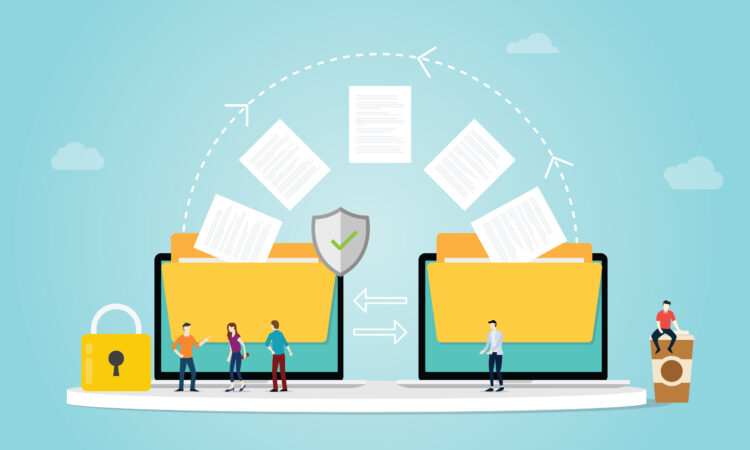Transferring CAD information to other IT systems
For a manufacturing company to effectively operate its core production and supporting processes, including warehousing, logistics, and accounting, it relies on a robust information management system. In addition to the physical production flow that transforms raw materials into final products, there exists an essential information flow that supplies all the necessary data to oversee and regulate the primary flow, keeping it on track and under control.
This information flow is underpinned by various IT systems, including CAD, ERP, MES, CAM, among others, each serving different facets of the primary flow such as design, production planning, monitoring, control, and material supply. These systems not only generate information but also engage in extensive data exchange among themselves.
At the forefront of this information flow is the CAD system, responsible for designing the products slated for manufacturing, as well as creating the various specifications and drawings. This wealth of information is leveraged by other IT systems to carry out their respective functions, such as production planning, material procurement, and the development of machining programs.
The ramifications of this intricate system are clear: the pace of the production process is directly linked to the speed of the information flow. Information velocity hinges not only on the efficiency of the individual systems (see ‘Time-consuming Information Preparation for Production’) but also on how swiftly data is transferred between different IT systems.
For instance, a specification generated by CAD needs to be converted into a format comprehensible to the ERP system and seamlessly transmitted to it. Manual data transfer can significantly impede the overall production process because, without the CAD-generated information, other systems cannot fulfill their roles. A common scenario involves a designer manually inputting the specification into another system, incurring both time costs, due to the designer’s indirect labor, and the risk of introducing errors. Some companies mitigate this by assigning a separate individual to prepare the Bill of Materials (BOM) and enter it into the ERP system. While this relieves the designer, it doesn’t address the issues of speed and errors and adds extra costs to the company.
Woodwork for Inventor features a highly potent and adaptable report generator, enabling the generation of reports in formats compatible with most IT systems. The principles of how Woodwork for Inventor integrates with ERP systems can be found here: ‘ERP Integration with Information Generated by Woodwork for Inventor.‘ Additionally, there are plans for a BOM API in the future, which will allow users to extract data from Woodwork, tailor it as needed, and transfer it to any other IT system within the company.




